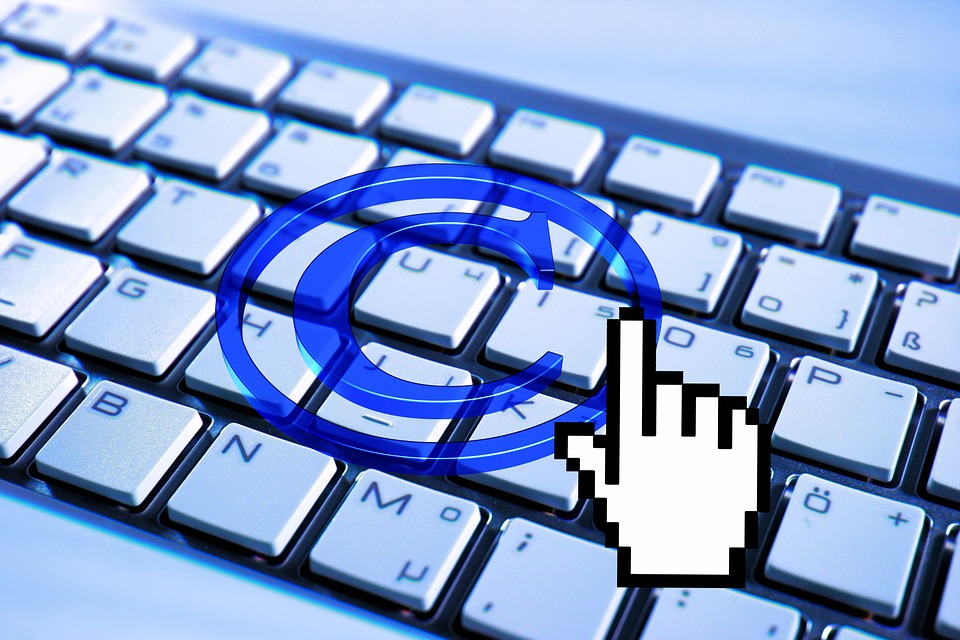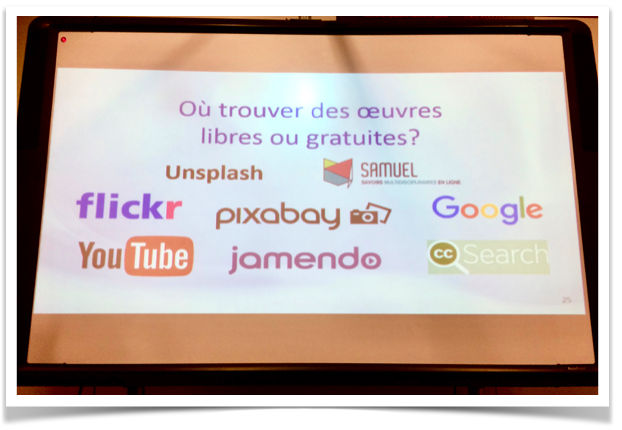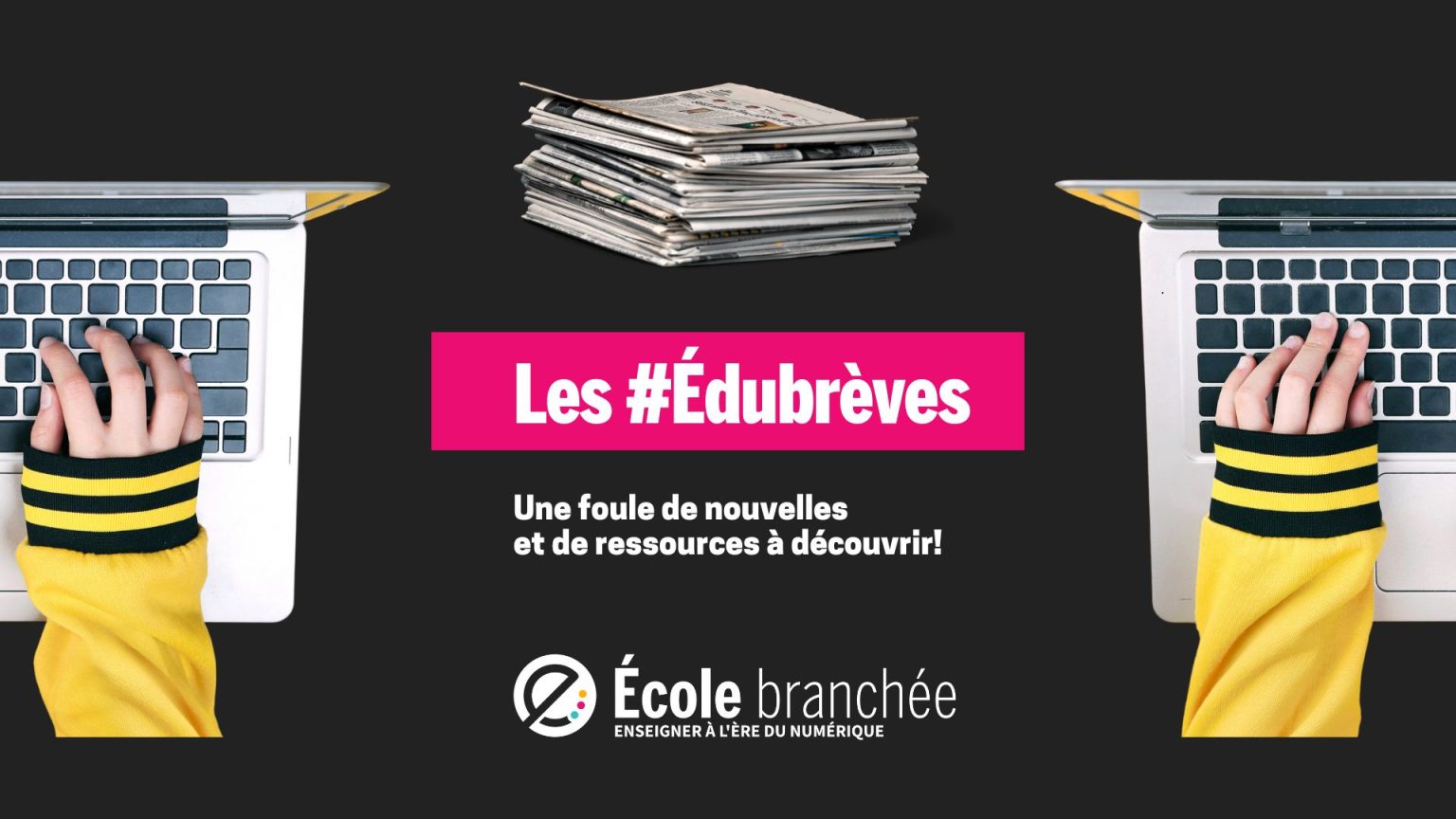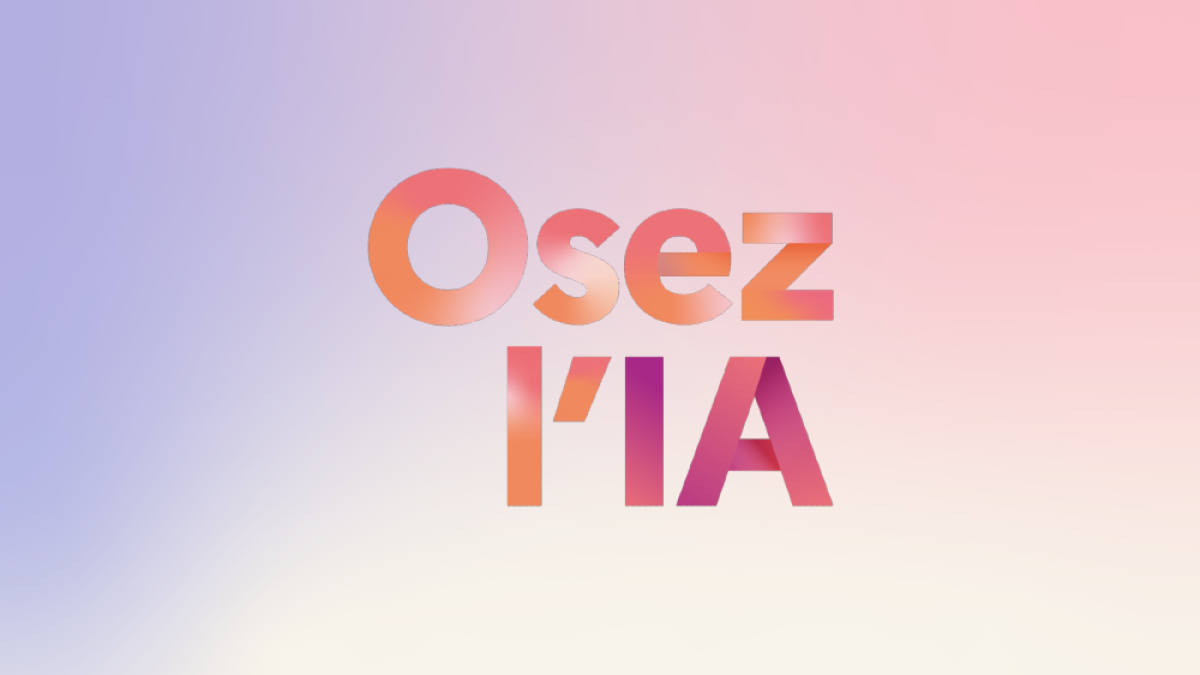Il existe différentes façons d’utiliser des œuvres en classe tout en respectant le droits d’auteur. Voici quelques pistes pratiques présentées lors du récent colloque de l’AQUOPS.
Lors du colloque de l’AQUOPS, qui s’est tenu du 11 au 13 avril 2017, les deux dernières journées étaient remplies d’ateliers mains sur les touches, de conférences, d’Exploracamp ou de sessions Emballe-moi. L’une des conférences auxquelles j’ai assisté a été celle de Mme Geneviève Leblanc, du Ministère de l’Éducation et de l’Enseignement supérieur (MEES), qui portait sur le droit d’auteur.
Le sujet est particulièrement à propos puisque la Journée mondiale du livre et du droit d’auteur se tient le 23 avril! Pour plus d’informations, le site Journée du livre présente les activités offertes dans le cadre de cette journée, répertoriées selon les différentes régions du Canada.
Le droit d’auteur
Selon l’exposé de Mme Leblanc, « le droit d’auteur est un ensemble d’actions qui sont réservées exclusivement au détenteur du droit. » Ainsi, un auteur détient les droits sur son œuvre dès le moment où elle est créée. Il s’agit, entre autres, des droits de reproduction, de diffusion, de représentation ou de traduction. À ces droits économiques s’ajoutent les droits moraux qui permettent, notamment, de protéger l’intégrité de l’œuvre. Donc, afin de pouvoir utiliser, reproduire, modifier, etc. une œuvre, il est nécessaire d’en acquérir les droits.
Dans un contexte scolaire, au Québec, le MEES bénéficie de 5 licences. Il existe aussi des « exceptions à la Loi du droit d’auteurs en milieu scolaire ». Dans certains cas, on peut obtenir des autorisations particulières pour certains usages non couverts par ces licences en contactant directement les sociétés de gestion, par exemple Copibec, la SODRAC ou la SOCAN.
De plus, le RÉCIT a créé un guide relatif à la projection d’œuvres littéraires en classe qui est très intéressant à consulter. Saviez-vous par exemple que les règles ne sont pas les mêmes pour la projection sur le tableau interactif que via une caméra document?
Certaines exceptions sont prévues dans la loi, dont celle de l’utilisation équitable. Toutefois, l’analyse des extraits à reproduire à l’aide des six critères de la Cour suprême du Canada est complexe. Heureusement, les licences détenues par les établissements scolaires évitent d’avoir à procéder à de telles analyses.
Comment se simplifier la vie?
Il existe différentes façons de se procurer des œuvres, qu’elles soient littéraires, artistiques, musicales ou multimédias, tout en respectant les droits d’auteur. En suivant les trucs suivants, il vous sera plus facile de respecter le droit d’auteur tout en utilisant adéquatement les créations désirées. Pour toute question relative à ce sujet, consultez le site du MEES ou contactez-les directement par téléphone au 418-643‑3534, poste 2212, ou par courriel.
Aucun droit réservé ou Domaine public
En utilisant une œuvre ayant la mention Aucun droit réservé (copyleft), il est possible d’utiliser l’œuvre, de la modifier, de la diffuser sans contraintes. De plus, une œuvre dont l’auteur est décédé depuis 50 ans passe dans le domaine public et devient alors libre de droits au Canada. En ce qui concerne la France et les États-Unis, cette durée s’élève par contre à 70 ans.
Banques #images #libres #gratuites – Info atelier 108 via 1 congressiste >> https://t.co/ftB3QN7YDi Vous en avez d’autres ? 🌐 #AQUOPS pic.twitter.com/hHUxqsGFWk
— Stéphanie Netto (@NettoS_86) April 11, 2017
Banques #musiques et #sons #libres #gratuites – Info atelier 108 via 1 congressiste: https://t.co/NgElVwaZ0p #AQUOPS. Vs en avez d’autres ? pic.twitter.com/HNDTG4Alpr
— Stéphanie Netto (@NettoS_86) April 11, 2017
Licences Creative Commons (CC)
Ces licences sont construites facilement selon les désirs spécifiques des auteurs. Il est possible d’octroyer une licence sur mesure à l’aide des symboles du site Web Creative Commons. Lors de l’utilisation d’œuvres sous licences CC, il s’agit tout de même de s’assurer de la compréhension des contraintes exigées :
- BY : attribution obligatoire ou non (le nom de l’auteur doit-il être indiqué?);
- ND : droit de modification ou non;
- NC : droit de l’utilisation pour fins commerciales ou non;
- SA : partage de même nature (avec la même licence) ou non.
Oeuvres sur Internet
Il est important de s’assurer que les œuvres publiées sur Internet sont libres de droits ou sous une licence CC. Afin de le faire, il faut valider les conditions d’utilisation et mentions légales du site. De plus, pour respecter les règles de l’art, il est important de mentionner toute source utilisée sur Internet soit par la simple mention (adresse URL, nom de l’auteur et date) ou l’ajout d’hyperlien. En utilisant l’hyperlien d’une œuvre, il est plus facile de respecter les droits d’auteur.
SAMUEL
Plateforme en ligne de Copibec, SAMUEL permet de créer ses propres extraits à partir des œuvres figurant sur la plateforme. Aussi, la déclaration de reproduction se fait automatiquement, ce qui permet aux auteurs et aux éditeurs de toucher des redevances.
La plateforme SAMUEL de Copibec: pour obtenir, de façon simple et rapide, des extraits d’œuvres numériques http://t.co/WSa6XiEjXa
— Genevieve Leblanc (@gleblanc007) April 16, 2015
Complexe, mais accessible
Claude Robinson explique l’importance de protéger le droit d’auteur. Efficace, le gros bon sens! https://t.co/Qh5FtDnWBQ
— Genevieve Leblanc (@gleblanc007) December 2, 2015
Le respect du droit d’auteur est quelque chose de complexe. Il est important de garder en mémoire que c’est grâce à celui-ci que les auteurs et artistes sont en mesure de vivre de leur art. En démontrant un respect des lois et règles reliées au droit d’auteur en tant qu’enseignant, les élèves y seront sensibilisés et pourront à leur tour utiliser les œuvres de manière responsable. Voilà une belle façon de permettre aux jeunes de développer leur citoyenneté! Par ailleurs, pour sensibiliser les jeunes au droit d’auteur, l’Organisation mondiale de la propriété intellectuelle (OMPI) a créé une bande dessinée à télécharger. Il en existe même une version animée sur YouTube!
Pour terminer, voyez le document Padlet que Mme Leblanc a créé dans le cadre de sa conférence. Il constitue une ressource très utile afin de se remémorer certains détails ou de consulter les documents pour référence ultérieure.
Publication numérique : partage et respect du droit d’auteurhttps://t.co/KStv4hsx4J
Documents utiles d’un atelier #AQUOPS par @gleblanc007— Yves Munn (@yvesmunn) April 11, 2017







